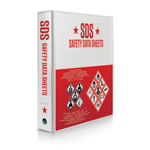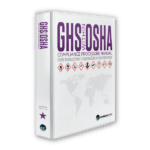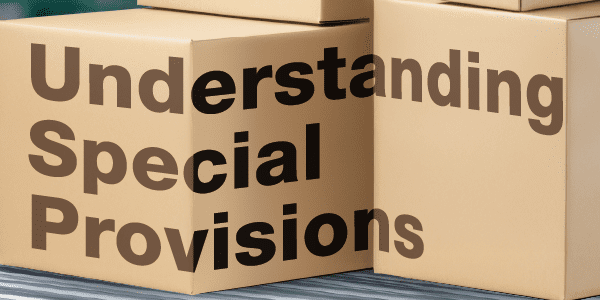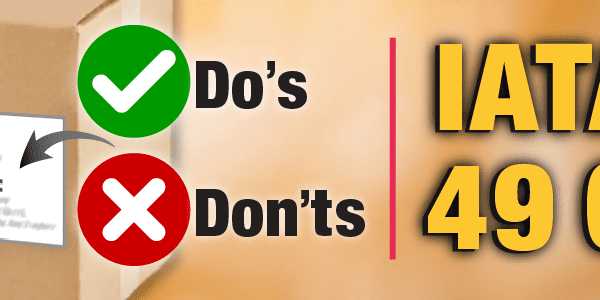
What About Labeling Your Hazardous Product?
You just got a shipment of chemicals for your business and now you’re wondering how in the world you’re going to get all those bottles and containers labeled properly. We feel your pain. Dealing with requirements like OSHA and WHMIS can make your head spin if you’ve never done it before. Hopefully, this article will give you an understanding on where the information comes from and how to read it.
An Introduction to OSHA and WHMIS Labeling
To ensure the safe use of hazardous products in the workplace, the Occupational Safety and Health Administration (OSHA) and Workplace Hazardous Materials Information System (WHMIS) have established requirements for product labeling. The labels and safety data sheets provide critical information about hazards and safe handling of products containing toxic, flammable, or explosive ingredients. For example, labels will contain the following elements:
- Product Name and supplier details
- Hazard symbols, otherwise known as pictograms, to visually represent dangers (i.e. flame, skull and crossbones)
- Signal words like “Danger” or “Warning” to indicate severity
- Hazard statements describing the nature of the hazards (i.e. “Causes severe skin burns and eye damage.”)
- Precautionary measures for safe use (i.e. Wear protective gloves/protective clothing/eye protection/face protection”)
Proper labeling and SDSs are required under OSHA and WHMIS to educate workers and workplace hazards before they use a product. As an employer, you must provide WHMIS and hazard communication training to further reinforce safe practices.
Tips for Creating Compliant and User-Friendly Labels
To ensure your product labels meet OSHA and WHMIS requirements and provide critical information to users in an easy-to-understand format, keep these tips in mind:
- Make sure the labels have a font that is easy to read and large enough to read
- Make sure pictograms are large enough to see
- Periodically review your SDS and ensure your labels match the content on your SDS. This is a legal requirement.
- The label should reflect all ingredients in your formulation
Labels must be updated, if:
- The product formula changes in a way that reflects the hazards or ingredient
- Regulations change and new label content is required, for example when WHMIS changed to the new GHS System (Globally Harmonized System of Classification and Labelling of Chemicals).
- New hazardous information becomes known about the product.
Sometimes new information comes about which helps improves the accuracy of the classification for your product. Improvements are always better.
Conclusion
Just remember that keeping on top of your labels is crucial to maintaining OSHA and WHMIS compliance. By being compliant you can keep your workers safe and can even prevent product recalls. This doesn’t have to be complicated. Implementing a labeling system and taking it step by step makes the process easier.
Do you have any questions about OSHA & WHMIS? Contact our team of Regulatory Experts, they can help you.
Stay up to date and sign up for our newsletter!
We have all the products, services and training you need to ensure your staff is properly trained and informed.
 Safety Data Safety DataSheet Services |
 GHS Publications GHS Publications |






